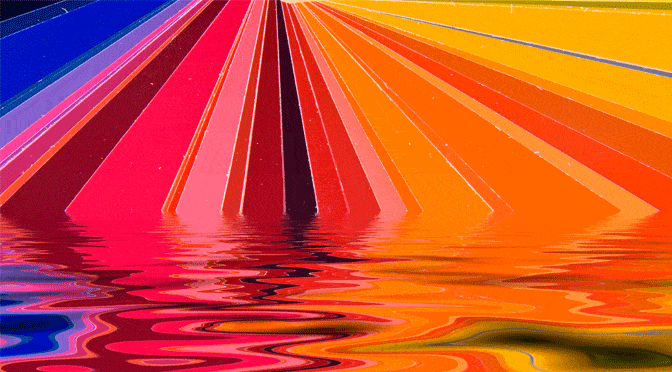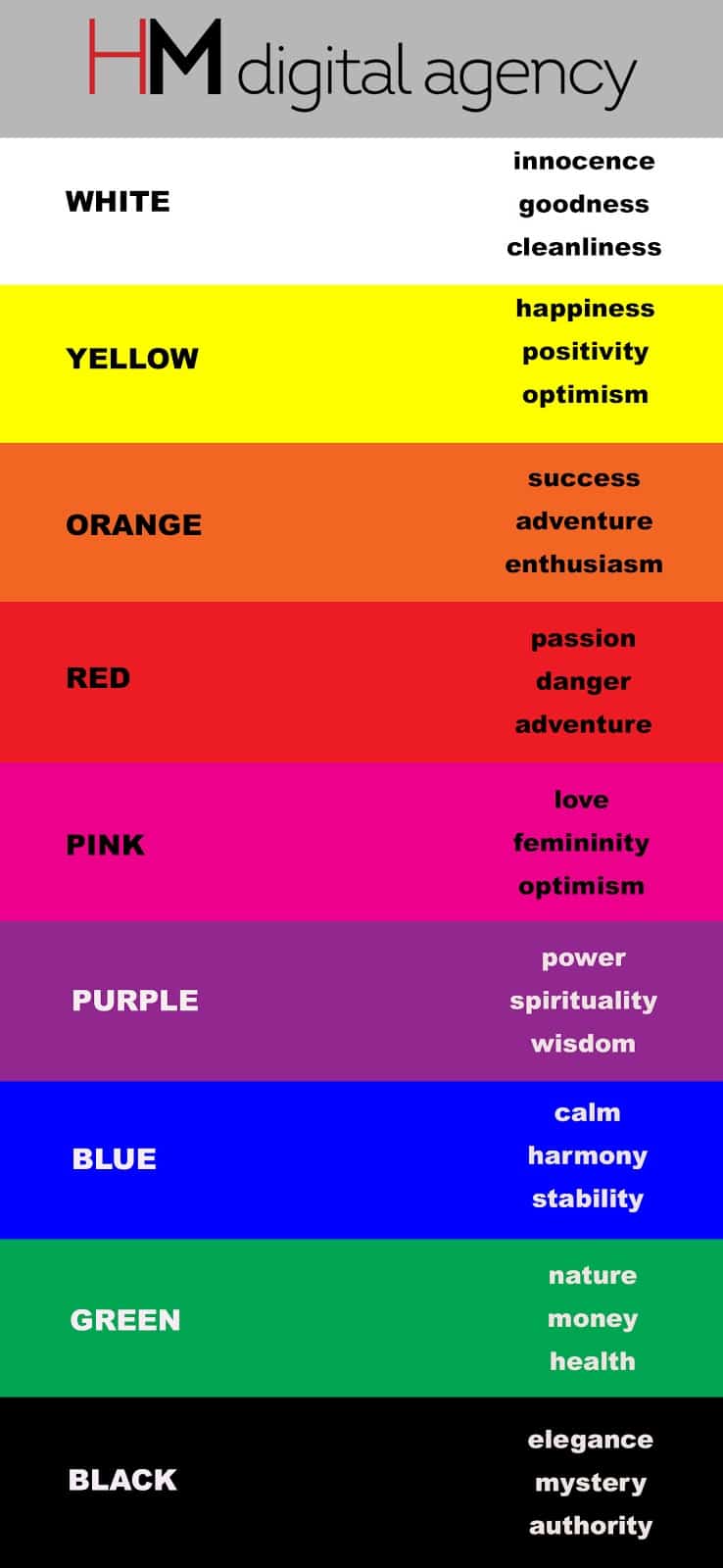
Color is an essential tool for marketing. Humans are constantly connecting colors to their emotions, so it can help your brand attract, connect and affect the decision-making process of buyers. It also allows you to transmit the personality you want to communicate to clients about your brand and differentiate your position against direct competitors.
But before getting into the specifics on why color is so vital for your brand, let me explain what Color Psychology is all about.
Color Psychology is the study of the human perception of colors. It encompasses understanding the human thinking-process, their perception of things, and memories. It covers how the human eye and brain feel about different visuals and the physiological effect they produce. Some examples of color psychology include how colors with longer wavelengths, like yellow and red, give you energizing thoughts – But other colors like blue and green, produce a calming effect.
Using color strategically can give your brand superpowers.
Studying color psychology for your marketing efforts can impact your relationship with customers or potential buyers. Some of the advantages include:
- Guiding the viewer’s eye: With color, you can get the audience to see specifically what you want them to see. It can be a color popping out indicating the “100% natural ingredients” of your product or a special deal if they buy the product. Whatever it is that you want them to see, by using contrast in color, you have the power to guide their eyes.
- Evoke feelings: Colors are everywhere, so it is very normal that they can incite emotions. The color blue can give you a sense of peace, and that might be the feeling you want to evoke when selling a relaxing face mask. In contrast, red is a stronger color that can give you a passionate and adventurous feeling, so it might not cause the same effect in that “relaxing” face mask you are selling.
- Affecting decisions: Color is one of the most important design elements, making it one of the biggest influencers in the decision-making process. Imagine you are in a store staring at five different brands you have never seen before. A customer would be more likely to choose the one he/she finds more interesting or appeals more to what they are looking for.
It is very unlikely customers know exactly the color number you used, but their subconscious will influence their opinion of your brand and affect their buying decisions. Color also allows you to concise your brand personality and grow your relationship with clients, hopefully building loyalty.
On the other hand, poor color choices can damage the image of your brand. It may cause the wrong emotions, not give you individuality and being ignored, or simply making your logo or website hard to read and understand.
Culture and evolution are two of the most powerful forces that determine the effect colors have on humans.
Because of evolution, our consciousness on color changes constantly, and so does its study. Many colors are getting a reinvention, and people are associating it with different emotions. So it is important to adjust what we think color means and be up to date on their effects and its progression.
Meanings in color can vary in different cultures. Some colors appear to have a universal meaning, but they might have a cultural symbolism behind them. The spectrum of human cultures can cause debate in color psychology, but if you study your target market, you can focus on their similarities and be able to use color psychology as a strength of your brand.
Other variables that can influence your perception of color can be personal taste or even experiences of the past. Either way, predicting consumer reaction to color is more relevant than a specific color itself. And even if it does not affect everyone the same way, you can give your brand the feeling, mood, and personality for your overall audience.
Graphic depicting different colors and some of their meanings
Using color to your advantage
Marketers’ ultimate goal is to persuade consumers to make a purchase, and words and images are not enough to achieve that mission. With color, you can enhance your brand’s messaging, inspiring buyers to take action. It is no surprise that color psychology is an essential tool in order to develop a strong and persuasive brand.
At the same time, it is important to not strictly follow the rules, but instead shape them depending on what is best for your brand, target market, etc. Not everything is black and white in color psychology, and creativity and experimentation are really the key to be unique and to stand out.
About the Author:
Deedra Hughes
Experienced President with a demonstrated history of working in the marketing and advertising industry. Skilled in Digital Strategy, Search Engine Optimization (SEO), Integrated Marketing, Advertising, and Pay Per Click (PPC). Strong business development professional with a Bachelor’s Degree focused in Communications from Ohio University.

